
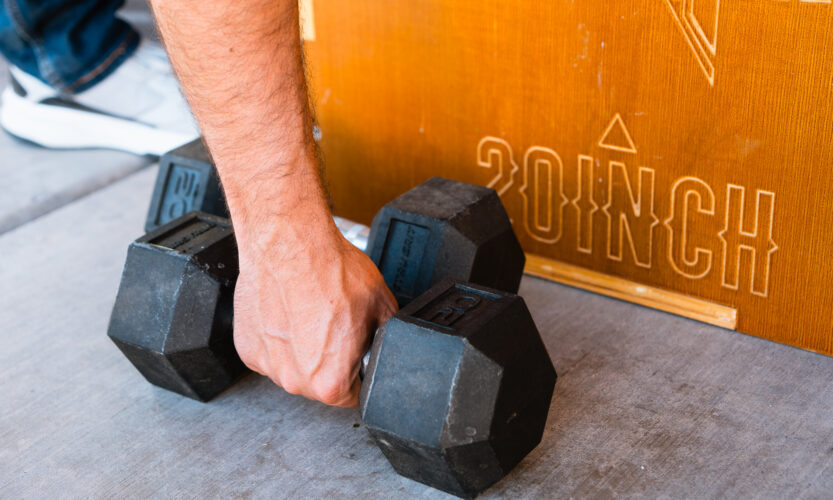
Something else I’m really trying to focus on for this upcoming backcountry archery spring bear hunt is strength training. I will admit, that this is something that I have lacked over the past few years. My primary way of training for hunts has been trail running and weighted pack hikes. This has gotten the job done but with a caveat. I’ve noticed that I’ve been more prone to injury. Which is where strength training comes in.
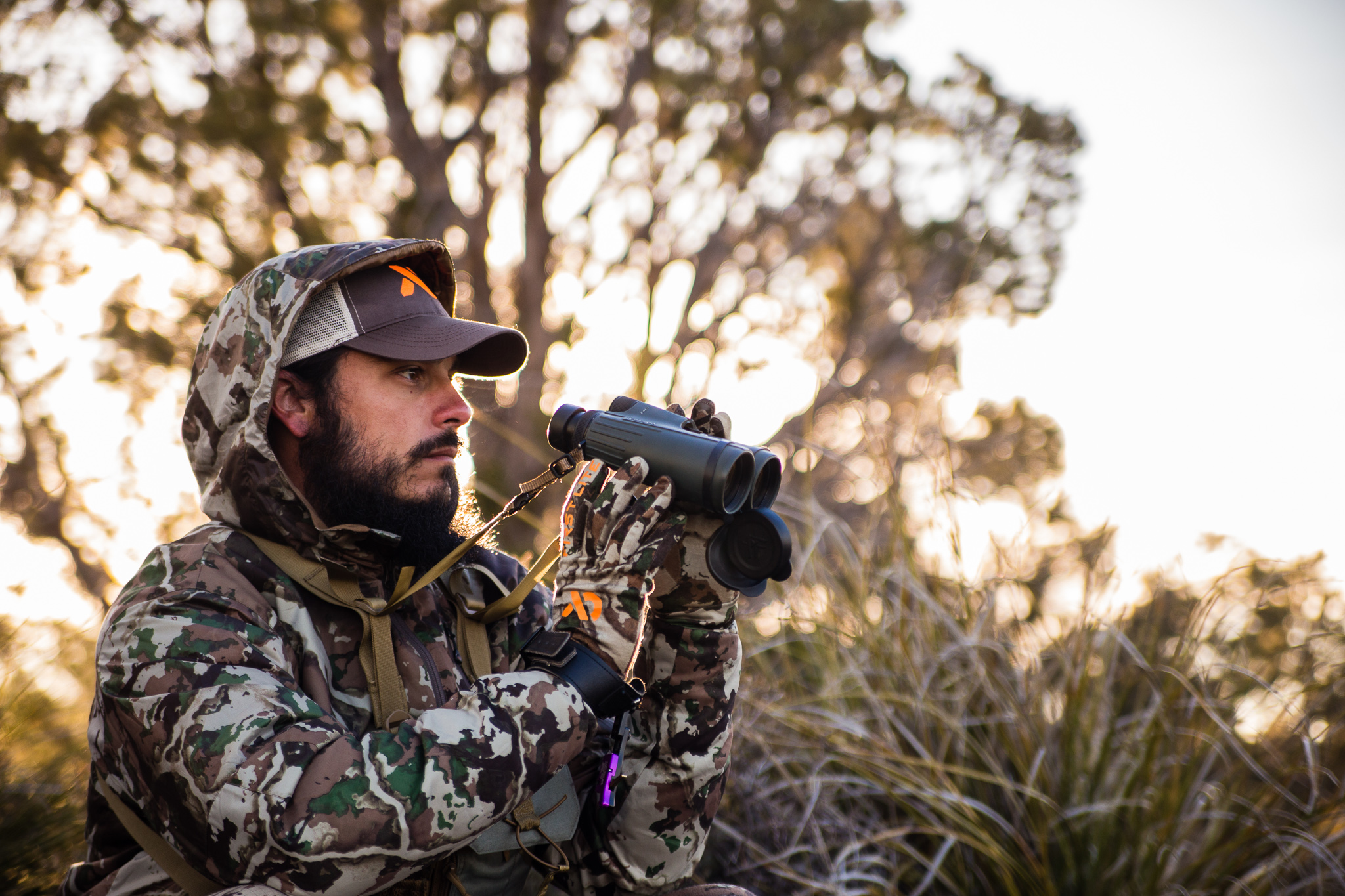

This coming spring I’ll be heading into the Idaho backcountry for a spot and stalk archery spring bear hunt. The past few years I’ve done this hunt with a rifle and been successful doing so. It’s always brutal and I always look forward to it. With this being an archery hunt, the physical demands will be even greater and I’ve been chipping away on backcountry prep little by little to prepare myself.

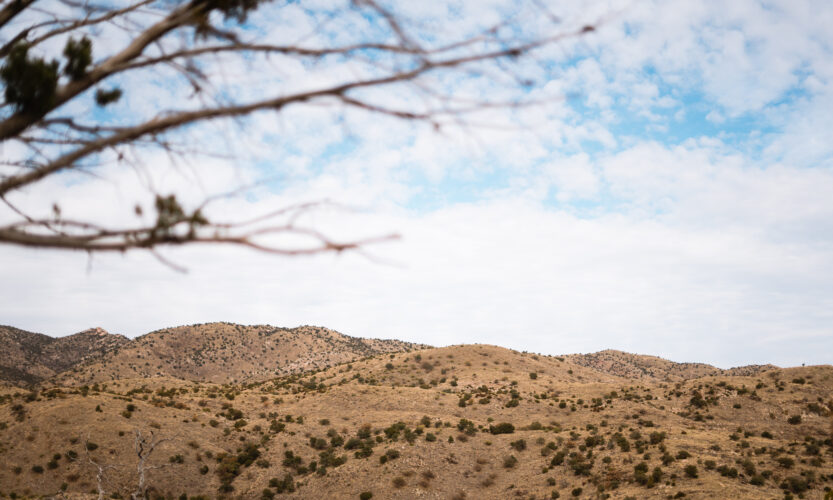
Water is life. For a backpack hunter, there are few things as exciting as finding a reliable water source from which you can nourish yourself off the beaten path. Without water, we simply cannot survive out there. This poses a problem for those of us who live/hunt in dry climates. What do you do when backpack hunting in dry conditions? How do you do it?

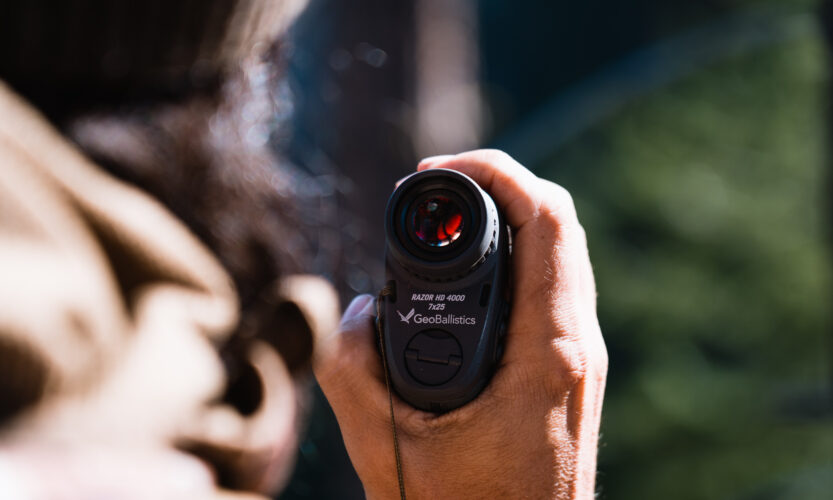
Back before I ever had my very first rangefinder, my perception of them was always that they existed for one to range an animal to get an accurate distance to aim for the shot. And while they absolutely own that space in terms of use, there are other ways that I have found to effectively use rangefinders to make me a more efficient hunter. 2 in particular to be exact.

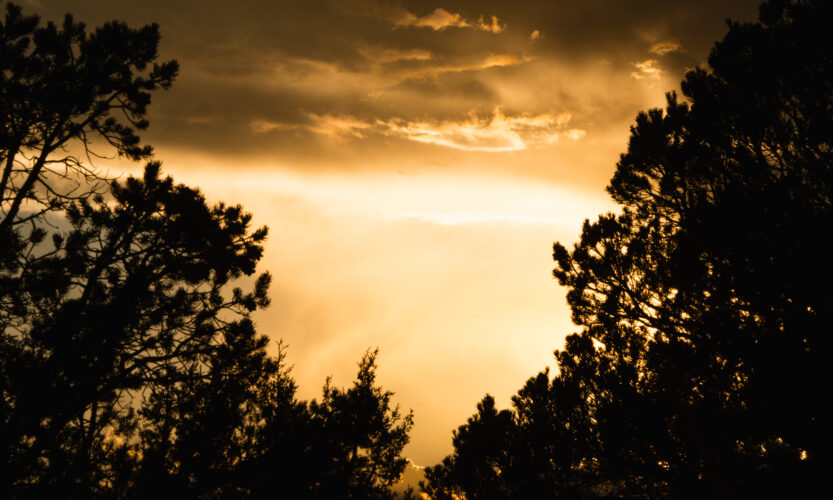
It’s getting close now. I’ve been waiting all year for this and it’s about to be go time. Since I drew my elk tag back in February I’ve been daydreaming about hitting the hills with my bow. Getting another opportunity at an Arizona bull of my own and immersing myself in the whole experience. There are some things that need to be in order before leaving though. Hunting Preparation is not just about hunting.


It’s the end of September as I’m writing this. I’ve been seeing tons of success photos scrolling my social media feed and I love it. Big bulls and high country bucks are getting backpack rides and filling the hearts and freezers across the West. While that warms my heart, I can’t stop thinking about the month of October and it’s not for the deer or elk. It’s for Arizona Fall Bear Hunting.


We learn by doing. It’s the only way to find out what works and doesn’t work for us individually. Archery has been an enriching journey for me. It’s also been humbling, especially on the bowhunting side of things. That has a way of truly bringing you back to zero, which in my opinion is healthy. It urges progression because it brings to light any issues that may be present in your game. The key in these instances to getting better is owning up to these archery issues.
Since the beginning of my bowhunting pursuits, there has been one thing that has been a constant in the archery issues category. Waiting on my shot. What I mean by that is I wait too long at full draw before my shot breaks. This causes my form to break down, which degrades my aim, and nothing good comes of it.
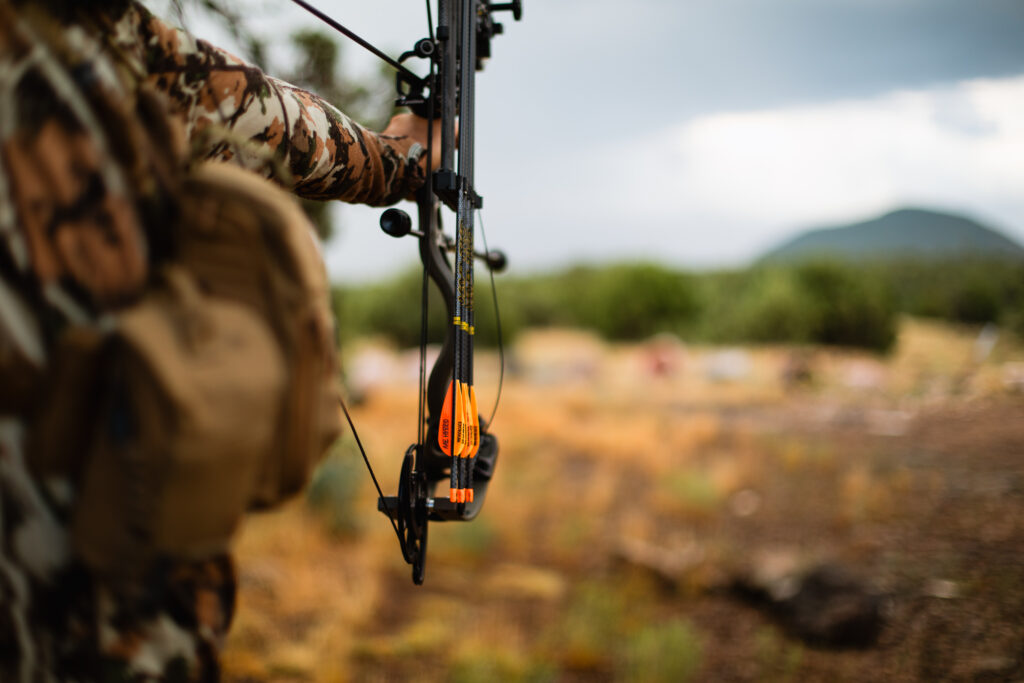
When this happens it’s one of two things. In my early years, I’d overaim. The perfectionist in my mind battled with the natural pin float we have and I’d want my pin to be rock solid on my target. This would cause me to hyperfocus on what I was aiming at, all the while my form would start to crumble trying to get everything perfect. Not ideal.
The second thing, and the more relevant of the two at this time, is engaging my trigger, or the lack thereof. Sometimes, I’m a bit light here and don’t put that much pressure on the trigger. The shot always breaks, but a lighter pressure means it won’t break as soon. When I’m cognizant of this, I’m fine. It’s when I’m not it catches me off guard. Again, not ideal. Especially with a buck behind your pin.
Like it? SUBSCRIBE to the Youtube Channel!
This is just me being open with you and taking a bit of my own medicine. I always urge people to own up to their faults to get better. What I’ve gone through above is me doing just that. The only way to squash this stuff is to be proactive about it. Be intentional. And that’s something I’m currently tackling to better myself as a bowhunter and honestly a person. This line of thinking can be applied to all avenues in life. All of it with the same end goal. Be better.

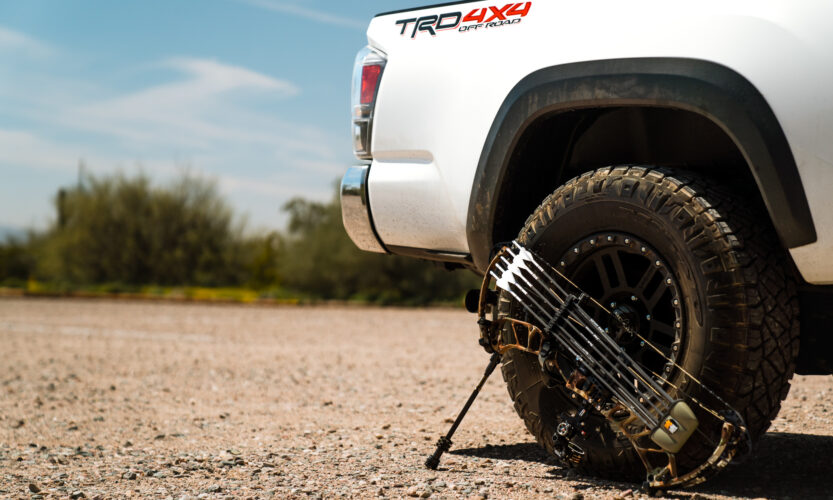
You don’t know what you don’t know right? I always thought it looked so funny when archers and bowhunters had that long stick-looking deal hanging off the front of their bow. Stabilizers weren’t really something I’d worry too much about in my early years. And with how many “correct opinions” there are in the bowhunting world, taking advice on the topic isn’t straightforward in the least. Everyone is a little different in their bowhunting journey and what works for them.
With all of that said, stabilizers are an effective tool that really can elevate your shooting from good to great. So, down below I’m going to go through what I’ve learned about stabilizers for bowhunting through the years and how I personally go about finding the right recipe for success.

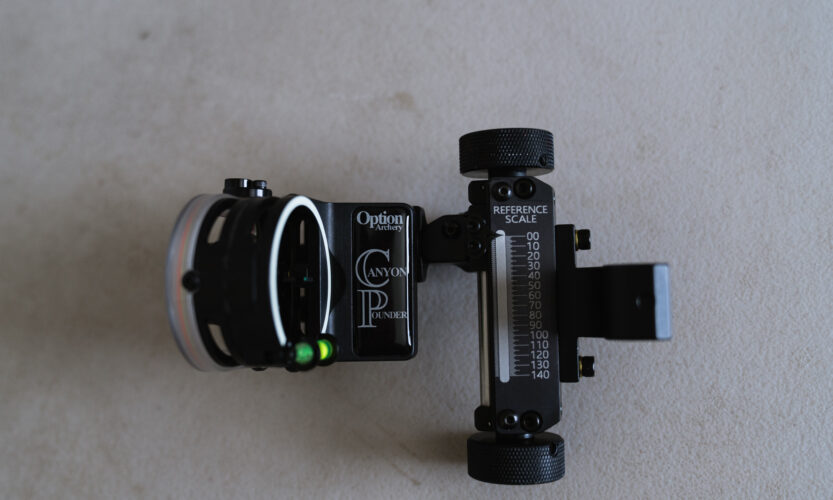
We were so stoked. After months of planning, we were finally loading up our backpacks at the truck, getting ready to hike a few miles in for an archery deer hunt. It was my buddy’s first backpack hunt ever, and I couldn’t wait to show him the ropes. About 5 minutes into our hike, I was coming down a hill and heard my friend start tumbling behind me. Luckily, he was ok. His bow sight on the other hand was not. It had snapped.

The bow sight is an intricate part of any modern-day bowhunter’s arsenal. It helps connect the dots between us and the animal via our arrow with precision. That’s no duty to snuff at and shouldn’t be taken lightly. With that in mind, I’m going to run through a few key things that I believe make up a good bow sight. Keep in mind, these are just my opinions that are based on my experiences. You may have different views, and that’s totally fine. These are mine.
Right off the rip, let’s touch on durability. That story above was a prime reminder for me of why durability is so important in a bow sight. I think this is something that we take for granted because in all honesty, most bow sights these days are pretty dang durable. With that said, there are still a few that fall short.

The bow sight mentioned above snapped on the mount. That particular mount was plastic. This is a big no-go for me. Plastic parts on a bow sight are destined to break, especially if you’re doing things like backpack hunting where the rugged factor gets cranked up. It doesn’t stop at sight mounts either. There are sights with plastic housings and pins as well. It’s not worth it.
In light of durability, I also need to touch on just how the overall sight holds up to wear and tear. Things like pins coming loose, slider locks coming unlocked, and even sight housings coming loose from mounts. While these don’t equate to a snap, they sure as hell can turn a good situation sour. Structural integrity need not fly under the radar.
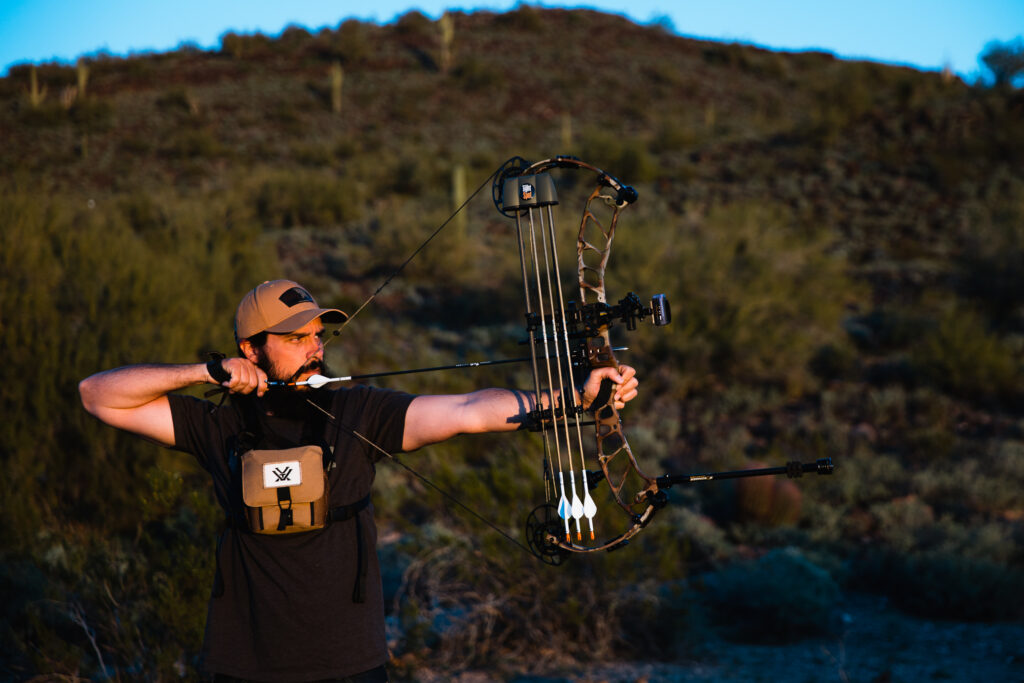
A bow sight needs to be versatile. Something that is only good at one thing will bite you in the field eventually. Bowhunting doesn’t always present black-and-white opportunities. It’s not a cookie-cutter process. Because of that you need to be able to adapt and the same goes for your bow sight.
In terms of versatility, the first thing that comes to mind is using a multi-pin sight. Before you single-pin folks get all huffy and puffy, let me elaborate. Multiple pins offer multiple yardage references instantly. Now, I’m not saying that people should be lobbing arrows in quick-draw style, but sometimes things happen quickly. I know there are some single-pin sights that have 3 yardage references on them, and that is way better than just one. It will never beat 5 though and certainly not 7. Your sight picture isn’t as clear as it would be with a single pin, but I’d rather cut the fat on time than on sight picture.
Next, a slider is a must. Since getting my first slider sight many years ago my accuracy and precision have increased tenfold. They allow the ability to practice at long-range distances, which makes the shorter shots seem like chip shots. At a distance, all of your imperfections are magnified. If you don’t know they are there, because you’re stuck shooting at 50 yards, then you’re not moving forward if you ask me. And while it is controversial, I personally don’t see anything wrong with taking a shot at an animal at a greater distance. As long as your ability is there as is the right situation(no wind, unaware animal, etc.). At the least, you’ll have the option of making a possible long-range follow-up shot, if given the opportunity.
Not having a 2nd and 3rd axis adjustment is simply not an option. These are crucial for accuracy in the field. For those that are unfamiliar with what these are, let me spell it out real quick before moving on.
Your 2nd axis adjustment is basically calibrating the bubble level on your sight to make sure it’s actually level. If this is off, even though your bubble is in the middle, you will be unknowingly canting your bow one way or the other. This will cause left/right inconsistencies.

The 3rd axis adjustment has to do with the bubble level as well, but it’s more geared toward uphill and downhill shots. This is adjusting the left/right angle of the sight housing. If this is off, your bubble level won’t read true when aiming up or downhill. The result would be left/right inconsistencies on angled shots even if your bubble level was in the middle.
Both of these need to be present on a bow sight for it to be truly practical for bowhunting. It’s a great example of how the little things actually matter. In this case, they do immensely. You need to know your sight is level at full draw whether aiming on flat ground or steep angled shots. It can literally mean the difference in filling your tag or not. I’ve been there.
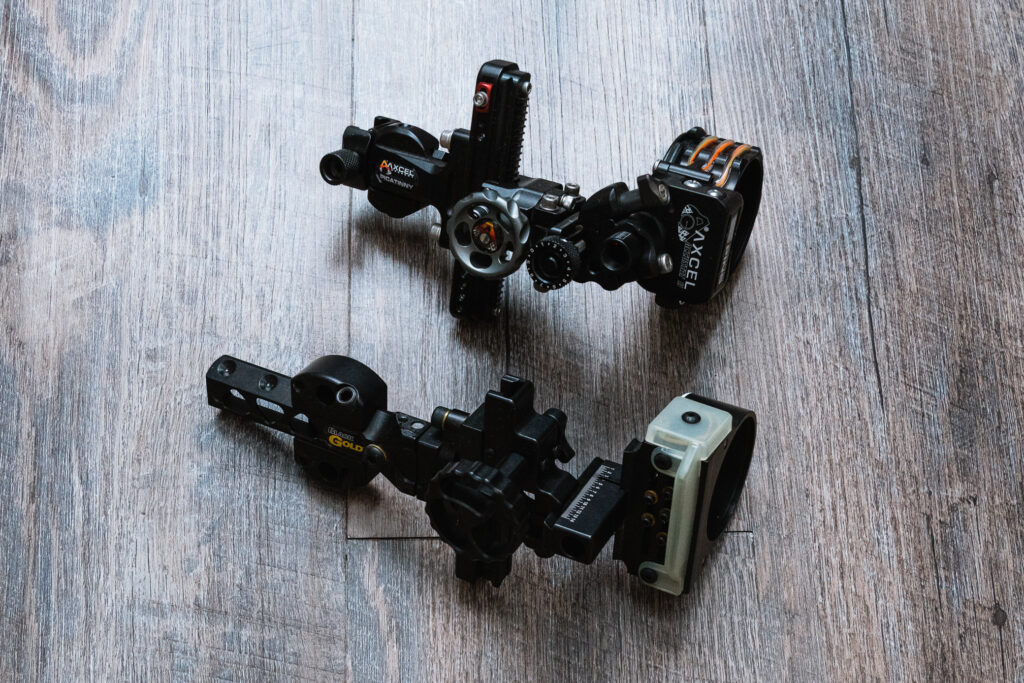
Some bow sights are way more complicated than others. Be it a ton of screws or even the addition of electronics. All of this stuff can be nice at the range, but in the field, it’s a different story. And how something performs in the field is the number 1 thing on my radar. For that reason, I try to keep things as simple as I can with a bow sight.
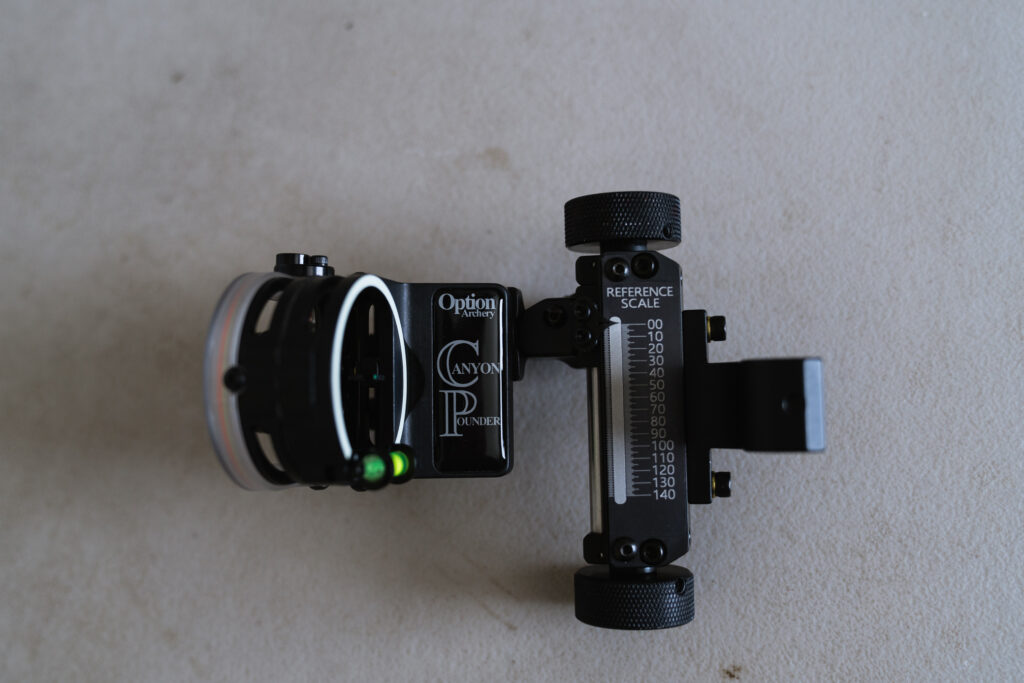
Bow sights these days have a ton of screws on them, but some have more than others. Every extra screw or moving part is one more thing to potentially come loose in the field. Every lever is one more thing to accidentally move. If you are in love with a certain sight that has a lot of moving parts on it, it might be wise to apply string wax to your threads to help keep some of that hardware in place.
There are also bow sights that are digital. I’ve been super impressed with the accuracy of these and can totally see why some are drawn to them. While that is true, I’ve also experienced one that just decided to not work. Once that happened, I was done with it. If something like that happens in the field, you’re out of the game. That’s not a risk I’m willing to take.

There are some pieces of gear that mean more than others. Their weight has a greater impact on us wrapping a hard-earned tag on a hard-earned animal. The bow sight falls into that category and the story I told above is a great example of why. We ended up taping his sight back together and got a day of hunting out of it before the sight broke again. This ended the hunt for a few days, which was such a shame. Waiting all that time only to have your bow sight rob a slice of what we’d been waiting so long for. Not again. Not again.

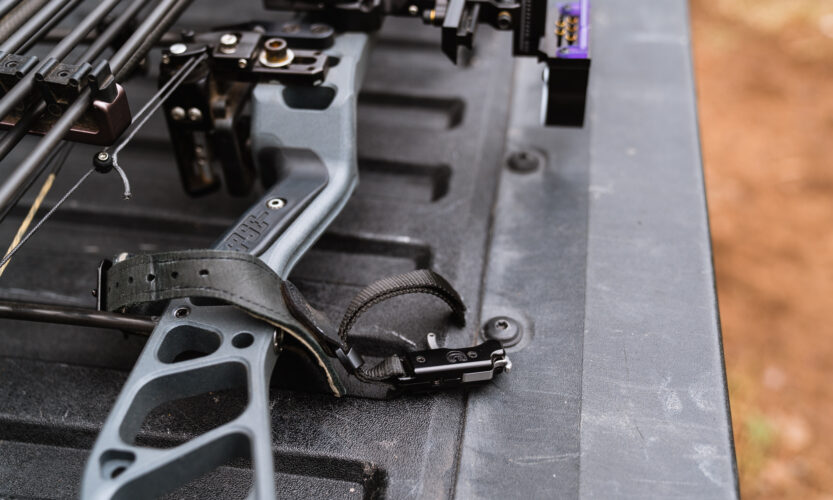
An early morning archery hunt. Sun up would come in about 30 minutes and I had a brush blind set up not far away. Just as I was coming down the hill that led to the blind, I fell, and I fell right on my release aid. It seemed ok until I tried to do a practice draw inside the blind. Can you guess what happened? Yup, clocked myself right in the face. Luckily, I had the tools to fix it. Had I not though, I would have been up the creek without a paddle. I didn’t have a backup release aid either. It was a turning point for me.

Copyright 2019 Dialed In Hunter
Design by NXNW.